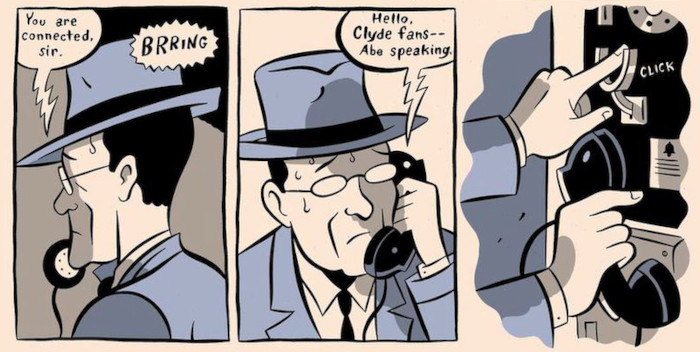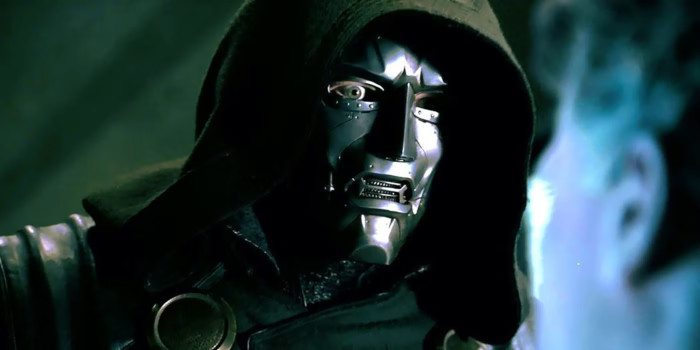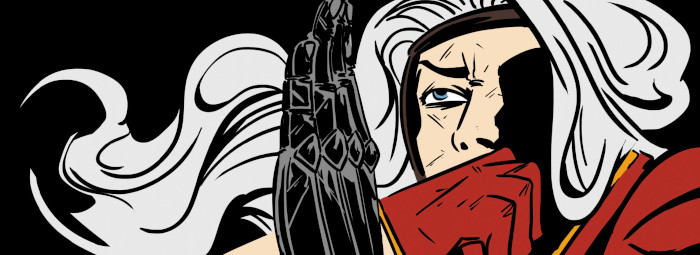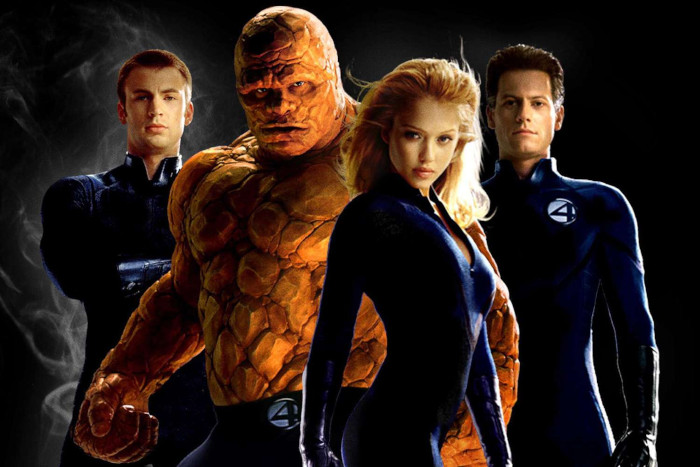
In Clyde Fans by Seth, two brothers run a fan company for fifty years. One might expect it to be prosaic, but instead it’s an immersive and epic exploration of the sense and meaning of life, every life, even when it’s not apparent on the surface. Kumar and Dana ask the big questions.
Brought to you by:
Podcast: Play in new window | Download








 Captain America was the obvious choice of a character to help Marvel celebrate the USA’s bicentennial in 1976. The job of doing that went to Jack Kirby, co-creator of the character. Naturally, that meant a story full of hard-hitting moments, and one that gets a bit treacly at the end, but also doesn’t back away from difficult moments in US history. This week, Tim and Emmet discuss the treasury-size special Captain America’s Bicentennial Battles.
Captain America was the obvious choice of a character to help Marvel celebrate the USA’s bicentennial in 1976. The job of doing that went to Jack Kirby, co-creator of the character. Naturally, that meant a story full of hard-hitting moments, and one that gets a bit treacly at the end, but also doesn’t back away from difficult moments in US history. This week, Tim and Emmet discuss the treasury-size special Captain America’s Bicentennial Battles.